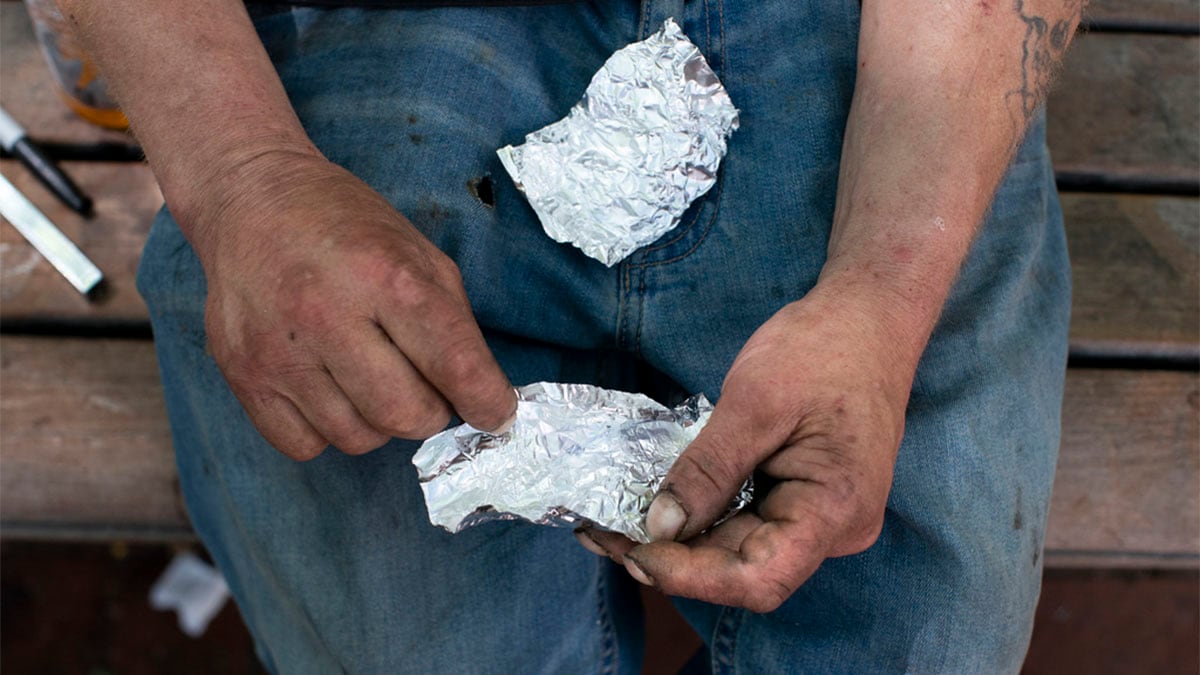
US President-elect Donald Trump’s pressure on Canada has made the country take stronger action against its growing fentanyl crisis. As the US pushes for tougher measures on fentanyl smuggling, Canada is increasing border security and law enforcement efforts. With fentanyl deaths rising and criminal groups taking control of both production and distribution, Canada is facing a serious challenge. Trump’s threats of trade tariffs have made the situation more urgent, pushing Canada to take bolder steps.
Canada’s fentanyl crisis is complex involving local drug production, smuggling from other countries and organised crime. The government is trying different approaches to deal with the problem with recent actions showing how big the issue has become and how authorities are responding. From strengthening border checks to cracking down on illegal drug labs, Canada is working hard to fight the epidemic.
Targeting smuggling via mail and couriers
According to a report in The Globe and Mail on December 12, 2024, the Canada Border Services Agency (CBSA) has increased its focus on mail and courier packages to stop fentanyl smuggling. Since the COVID-19 pandemic, criminal groups have turned to smaller shipments to avoid being caught.
Erin O’Gorman, CBSA’s president, explained how even small amounts of fentanyl sent through the mail can lead to many lives lost. A 2017 change in the Customs Act allows officers to open mail under 30 grams, which has in turn helped intercept illegal shipments.
CBSA works closely with US authorities, sharing information to combat cross-border smuggling. However, recent data shared with Members of Parliament shows that most fentanyl entering the US does not come from Canada indicating the problem is largely within the country itself.
Shift to making fentanyl in Canada
Canada’s fentanyl supply used to rely on imports, but now organised crime groups are increasingly producing it locally. A report by CBC News, obtained through an access-to-information request revealed that large illegal labs in British Columbia, Ontario and Alberta are manufacturing enough fentanyl to meet domestic demand.
This change began in 2019 when China classified fentanyl as a controlled substance making it harder to import. The COVID-19 pandemic further disrupted global supply chains pushing organised crime groups to adapt.
How fentanyl is made
The production of fentanyl relies on precursor chemicals, many of which are unregulated in Canada or legally imported from countries like China. According to the Criminal Intelligence Service Canada (CISC), organised crime groups often use licensed companies to buy these chemicals, sometimes diverting them “unwittingly” into illegal drug production.
Organised crime and the role of superlabs
According to The Globe and Mail, organised crime groups are a major force behind Canada’s fentanyl crisis with over 4,000 such groups active in the country. These organisations, including Canadian groups and foreign entities like Mexican cartels, run sophisticated operations to produce and distribute fentanyl.
Superlabs play a key role in this trade, requiring significant investment to set up and operate.
Fentanyl beyond Canadian borders
Canada’s fentanyl crisis isn’t confined to its borders. Excess domestic supply has led organised crime groups to target international markets, according to Health Canada’s briefing note. Canadian fentanyl was seized as far as in Australian and also in the nearby US. Smaller criminal operations often use the dark web to sell fentanyl internationally, shipping small quantities to evade detection.
According to a CBC News report, the drug crisis is becoming even more complex with the appearance of new synthetic opioids like nitazene and xylazine. These drugs, often stronger than fentanyl, pose serious challenges.
Government and law enforcement responses
The Canadian government has committed more funding to strengthen border security and law enforcement efforts. According to The Globe and Mail, public Safety Minister Dominic LeBlanc the funds will improve technology for detecting illegal drugs and increase staff at key border checkpoints.
Internationally, Canada faces pressure from the US to take stronger action. President-elect Donald Trump has threatened tariffs on Canadian imports if Ottawa does not crack down on fentanyl smuggling.
A challenge at home and abroad
According to Health Canada’s Drug Analysis Service report from March 2023, fentanyl has been a growing concern in Canada over the past decade. Between January 2012 and December 2022, fentanyl was identified in 77,141 samples submitted to the DAS by Canadian law enforcement agencies. A significant proportion of these samples originated from Ontario and British Columbia, indicating the prominence of fentanyl in these provinces.
The report highlights that 75 per cent of fentanyl-containing exhibits were in powder form emphasising its most common illicit preparation. Additionally, fentanyl is frequently detected alongside other substances, a trend that has become more pronounced over time. Since 2020, sedatives and hypnotics have increasingly been found co-occurring with fentanyl further complicating the drug’s impact on public health.
Fentanyl was first identified in Canada in 1989 through exhibits submitted by law enforcement. However, since 2016, there has been a sharp rise in the number of fentanyl-related identifications, underscoring its growing presence in the illicit drug market.
Canada’s fentanyl crisis is a complex problem that needs action on multiple fronts. The stakes are high—an average of 21 Canadians lose their lives daily to toxic drug overdoses. Solving this crisis is not just a national issue but a moral responsibility that requires constant effort and innovation.


